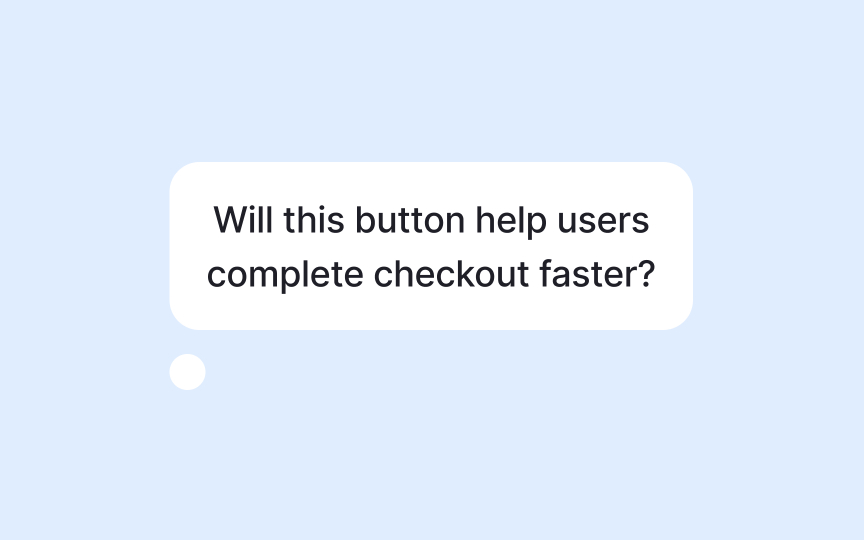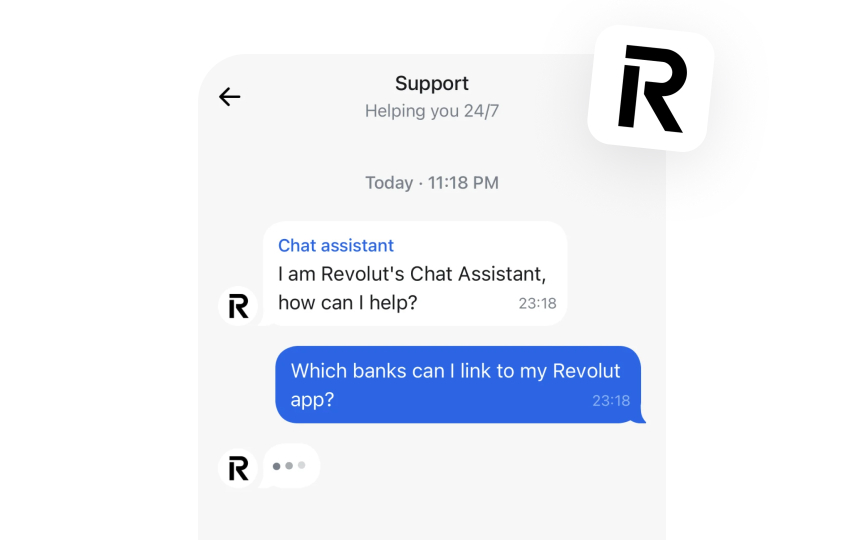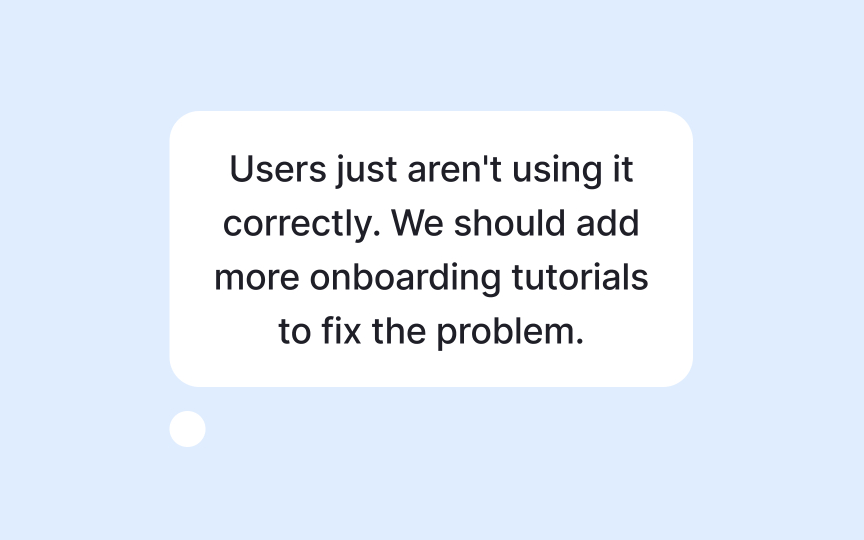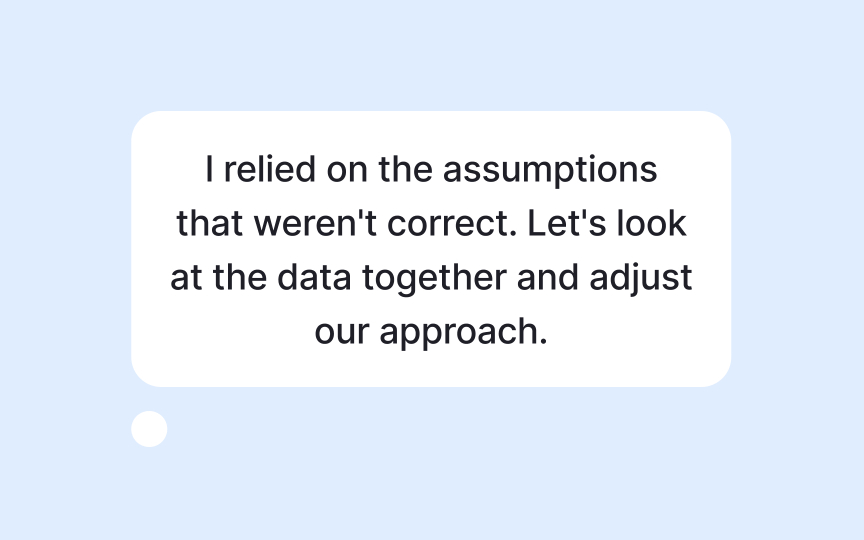Cross-Functional Collaboration
Build effective partnerships across design, engineering, and business teams.
As a product manager, you’ll need to navigate between different worlds: translating user needs for engineers, business goals for designers, and technical constraints for executives. The most successful product managers don’t just manage these relationships; they actively cultivate them. They create environments where diverse perspectives lead to better solutions, not endless debates.
You don’t need to be an expert in coding or design to do this well. Your role is to understand how these functions work, what their priorities are, and how to speak their language. Instead of going deep in one area, you’ll build a broad understanding that helps you connect the dots across teams.
Working effectively across functions means understanding what makes each role tick: why designers advocate for certain solutions, how engineers think through trade-offs, and what marketing needs to tell a clear, compelling story. Building these bridges takes both empathy and strategy. You’ll need communication techniques that resonate with different audiences, frameworks for resolving inevitable conflicts, and methods for earning trust even when priorities don’t align.
When cross-functional collaboration works, teams anticipate each other’s needs, challenges lead to innovation, and the product feels cohesive rather than a compromise between competing visions.
Product managers serve as the essential connectors between different functions and perspectives within an organization. They stand at the intersection of business, technology, and design, often called "the product triangle." This role requires them to translate between different "languages" and priorities. As connectors, they're responsible for making sure everyone understands the product vision and how their work supports it.
This means they need to communicate differently with engineers, marketers, and executives. Engineers need technical context and clear requirements. Executives care more about business value and market opportunity. Their job isn’t just to pass messages between teams. It’s to make sure teams work well together, stay aligned, and aim for the same goals. That kind of alignment takes ongoing effort.
Good product managers know their role goes beyond deciding what to build. They also explain how and why decisions are made. Since the product team sets the strategy and decides what to prioritize, it's important for them to share the thinking behind those choices with other departments. That helps keep everyone working effectively together.
Pro Tip: Maintain a "translation guide" to note how different teams prefer to receive information and what details matter most to each function.
Every team has its own culture, working style, and preferences. As a
Cross-functional teams often follow specific structures. In many organizations, particularly those using agile methodologies, a cross-functional product team might include a product owner, a scrum master, designers, developers, and QA resources. Alternative models like the "product squad" give small teams responsibility for specific product areas with greater autonomy.[2]
Pro Tip: Schedule informal one-on-ones with key team members to learn their working preferences, communication styles, and what they need from you to do their best work.
Designers are focused on solving user problems through intuitive interfaces and seamless experiences, often thinking deeply about accessibility, usability, and visual hierarchy. To collaborate effectively with designers, invite them into the product development process early. Share user research, market context, and business objectives before design work begins. This context helps designers understand not just what needs to be built, but why it matters to users and the business. Early involvement also allows designers to identify potential usability issues before development begins.[3] Respect the design process by providing clear requirements while allowing room for creative solutions. Avoid prescribing specific design solutions (like "we need a dropdown menu here"). Instead, explain the problem that needs solving and trust your designers to explore appropriate solutions. When providing feedback on designs, focus on how well they solve the identified problem rather than personal aesthetic preferences.
Pro Tip: When reviewing designs, focus feedback on user goals and business objectives rather than personal preferences.
Effective collaboration with engineers requires understanding their concerns about technical debt, code quality, and system architecture.
Here are key strategies for working effectively with engineers:
- Include engineers early rather than presenting finished plans. Their technical insights can reveal challenges and opportunities you might have missed. When engineers understand why a feature matters, they can make smarter technical choices.
- Keep your engineers invested in what they’re building. Make sure they understand how their work impacts users. Share insights from
research and feedback from users with them, and encourage them to take part in user interviews from time to time. - Avoid solving all their problems. It's easy to fall into patterns where you fix everything for the engineering team. Instead, build balanced relationships by asking questions that help them work through problems on their own.
- Recognize different working styles. Some engineers want to join every product discussion, while others prefer focused coding time with minimal interruptions. Adapt your approach to these individual preferences.
- Create leadership opportunities for engineers. Whether designating someone as a project owner or encouraging them to present to stakeholders, these opportunities help them grow professionally while freeing you to focus on strategic work.[1]
Pro Tip: Schedule regular "no-agenda" time with your engineering leads to build rapport and catch issues before they become problems.
- Share the product vision and strategy early and often. Marketing and sales need to understand the "why" behind your product to create effective messaging and sales approaches. Help them understand the target user, key pain points, and how your product uniquely solves problems.
- Include them in customer research. Invite marketing and sales to join user
interviews or share insights from yourresearch . This firsthand exposure to customer needs helps them develop authentic messaging that resonates with real problems. - Gather their market intelligence. Sales teams talk to prospects and customers daily, gathering invaluable insights about market trends, competitor moves, and customer pain points. Create channels for this information to flow back to you regularly.
- Collaborate on positioning. Work together to define how your product is positioned in the market. Marketing brings expertise in messaging and differentiation, while you bring deep product knowledge. The best positioning emerges from this collaboration.[4]
In some companies, there are Product Marketing Managers (PMMs) who focus on exactly this. They help connect product and marketing by shaping go-to-market plans and crafting clear, compelling messaging. If your team has PMMs, work closely with them — they can help make sure your product reaches the right audience in the right way.
Support teams handle questions, troubleshoot problems, and often know which features cause confusion or delight.
They have unique insights that other departments lack:
- Real-time user pain points. Support interacts with users who are actively struggling with your product. Their tickets reveal patterns of confusion, technical issues, or missing features that might not appear in controlled
user research sessions. - Feature usage realities. While analytics show what users do, support conversations reveal why they're doing it and what problems they're trying to solve. This qualitative context helps you understand the intent behind the numbers.
- Workaround identification. Support often develops creative workarounds for product limitations. These workarounds can inspire new features or improvements that directly address user needs.
- Documentation gaps. When users consistently ask questions that should be answered in your documentation, this highlights opportunities to improve onboarding or in-product guidance.
Create regular channels for support insights to reach your product team. This might include weekly support summaries, joint review of top ticket categories, or inviting support representatives to product planning sessions.
Different stakeholders need different types of information presented in ways that resonate with their priorities and perspectives.
Here are key communication techniques that strengthen cross-functional relationships:
- Adapt your message to your audience. Engineers might need technical details and context about user problems, while executives require business impact and market positioning. Tailor not just what you say, but how you say it, based on your audience's needs and preferences.
- Create shared artifacts. Maintain central
documentation like product requirements, roadmaps, anduser research findings that everyone can access. These create a single source of truth and reduce misunderstandings across teams. - Over-communicate strategically. Remote and distributed teams especially benefit from more frequent communication. This doesn't mean more meetings — it means being thoughtful about keeping everyone informed through appropriate channels.
- Practice active listening. When stakeholders share concerns or ideas, demonstrate that you truly understand by summarizing what you've heard and asking clarifying questions before responding.[5]
When communicating about product decisions, always explain the "why" behind them. Understanding the reasoning helps teams align even when they might disagree with specific choices. This builds trust and shows respect for others' expertise.
Pro Tip: After important cross-functional meetings, send a brief summary of decisions made, action items assigned, and key discussion points to ensure everyone shares the same understanding.
Conflicts happen naturally in product development. Engineers might want to fix
Good product managers don't avoid these conflicts but help resolve them productively. Here's how to handle cross-team tensions:
- Focus on shared goals. Remind everyone what you're all working toward together. Whether it's making users happy, growing the business, or improving quality, keeping discussions centered on common objectives helps make disagreements less personal.
- Be clear about trade-offs. Admit that every decision means giving up something else. Clearly explain what you're prioritizing and what you're willing to compromise on. This honesty builds trust even when teams don't get everything they want.
- Use data when possible. Base discussions on
user research , market information, or performance metrics rather than opinions. Data gives everyone an objective reference point that can help settle disagreements. - Create a decision framework. Develop a consistent way to evaluate options that includes multiple perspectives. This might mean looking at technical complexity, user impact, business value, and strategic fit for each option.
Pro Tip: When facing resistance to a decision, try the "Five Whys" technique. Ask 'why' 5 times to get to the root concern, which is often different from the initial objection.
Trust is the foundation of effective cross-functional collaboration. When teams trust each other, they share information more freely, give honest feedback, and work through challenges constructively.
Here are practical ways to build trust across different functions:
- Deliver on your commitments. When you say you'll do something, follow through. Being reliable in small things builds confidence that you'll be reliable on bigger issues. If you can't meet a commitment, communicate early and explain why.
- Give credit generously. As a
product manager , your success depends on the expertise of many people across different areas. Publicly recognize contributions from various team members and departments. This shows that you value their work and aren't trying to take all the credit for the product’s success. - Admit mistakes. When things go wrong (and they will), take responsibility for your part rather than pointing fingers. This vulnerability demonstrates integrity and encourages others to be equally honest.
- Show genuine curiosity. Ask questions about other teams' processes, challenges, and perspectives. Taking time to understand how they work and what matters to them demonstrates respect for their expertise.
- Stay humble. If you don’t know something, treat it as a chance to learn. If you’re unsure about a technical concept, ask an engineer to explain it. If a UX principle isn’t clear, talk it through with a designer. These moments not only help you grow but also build a strong rapport with the people you work with.
Trust isn't built in big moments but through consistent small interactions over time. Each decision, conversation, and action either builds or erodes trust with your cross-functional partners.
Pro Tip: Start meetings with a quick personal check-in (like "what made you smile this weekend?") to build human connections that strengthen professional relationships.
Meetings are essential for cross-functional collaboration, but poorly run meetings waste time and create frustration. When you bring cross-functional teams together, you're asking busy professionals to invest their limited time. Make it worthwhile by having a clear purpose for every meeting. Is this about making a decision? Solving a problem? Sharing information? When participants understand the "why" behind the meeting, they arrive prepared and engaged. Create and send the agenda in advance and reference it during the meeting to stay on track.
Be thoughtful about attendance. The product designer working on the checkout flow probably doesn't need to sit through a technical discussion about database architecture. Consider using the RACI framework (Responsible, Accountable, Consulted, Informed) to determine who truly needs to attend versus who can receive notes afterward.
Creating space for different voices is especially important in cross-functional settings. Engineers might need prompting to share concerns about a
Pro Tip: At the meeting's conclusion, repeat who is responsible for each task and when it's due to prevent misunderstanding.
























